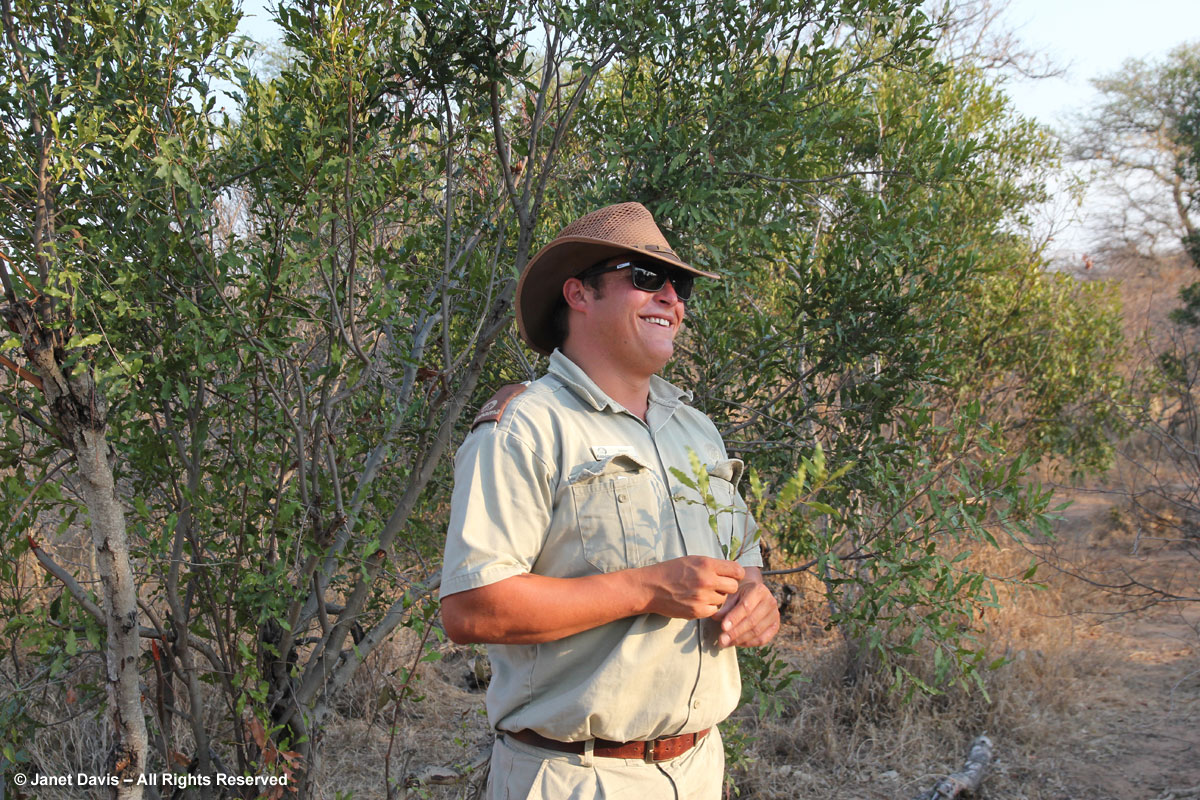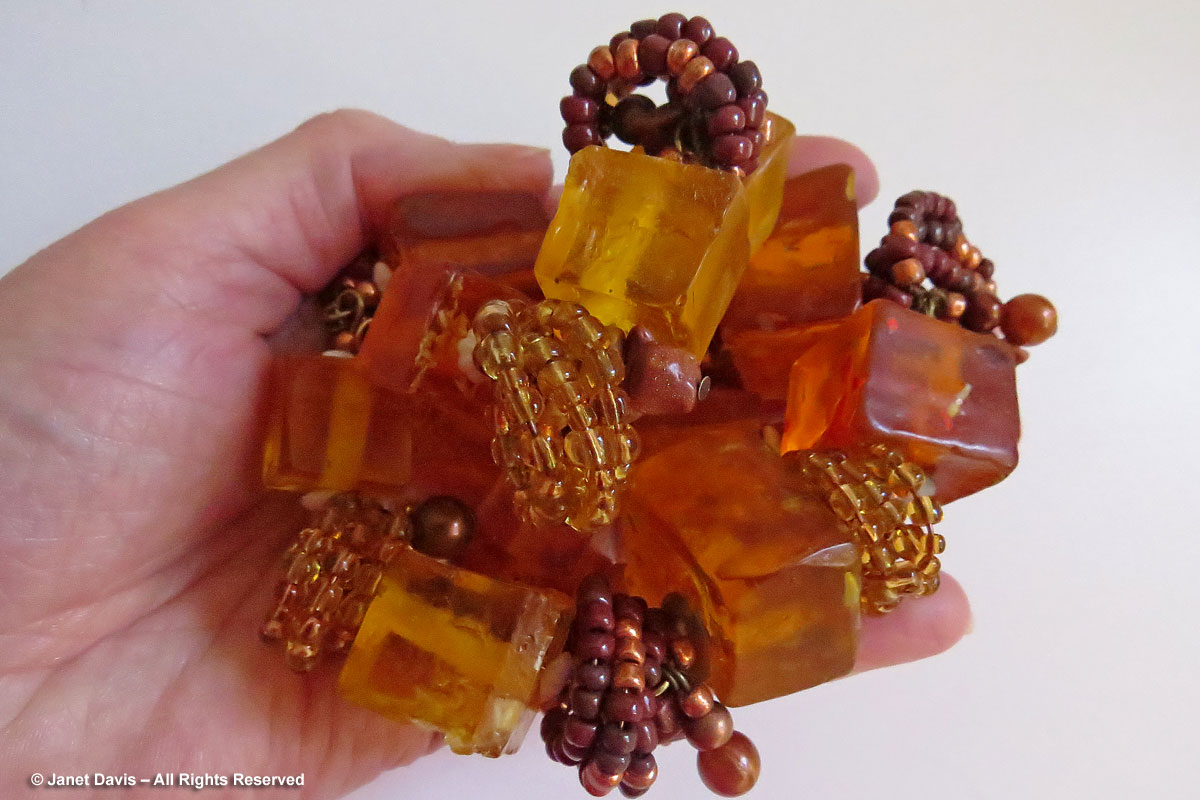It’s the afternoon of our second day at Kapama Private Game Reserve in Limpopo (Day 4 of our South Africa garden tour). The calendar says October 12th and the temperature is very hot, in the mid-30s or 90F+ with humidity. It is the first and only time our bathing suits will emerge from our suitcases, as we take the opportunity to cool off in the swimming pool at River Lodge. Leaving our room for our third game drive (I also blogged about our first and second game drives at Kapama) I come upon a few nyalas browsing in the brush adjacent to our suite. Shy by nature, they have nevertheless learned to be calm in this safe environment. As we head into the bushveld in our vehicle, we slow to watch their lookalike cousins, the greater kudus. But the word on the radios is that a leopard has been sighted in the vicinity so Willis and another tracker head off into the bush on foot. Clearly, they know their job, but um……
Part of the fun of being on an animal safari is the occasional insight you gain into the plants that grow in the bushveld. The shrub below is the magic guarri bush (Euclea divinorum) and Dino points out that the leaves are so rich in bitter tannins that it is not browsed by wild animals. Those tannins also provide a dye for traditional basket-making (in Durban a few days from now, I’ll buy four beautiful Zulu baskets for my children). Parts of the tree are also used by the traditional sangomas in “divining” problems (thus the botanical name) with the body or mind; the bark is used to fabricate ropes; and a decoction of the fruit is used in making an alcoholic beverage. It has many other uses as described on the plantzafrica site, including treatment of coughs, diarrhea and stomach problems.
After a lot of driving and radio communication, we finally come upon the leopard (Panthera pardus) resting in the bush; alas, well camouflaged by shrubs and grasses. Some people are bothered by the collar around its neck, thinking this somehow makes it “tame” and not a valid part of a “wild animal safari”. In fact, Kapama is a conservation oasis for cheetahs and leopards that have been rescued, often in dire circumstances, either trapped in a farmer’s snare in the wild or in locations where they have been caged to amuse their owners. This leopard was likely rescued and collared as part of Fred Berrangé’s Leopard Conservation Project which has saved more than 150 leopards since its inception in 2000. But catching them and bringing them to animal reserves is not the project’s main goal; it is educating farmers in how to deal with leopards as predators of their domestic animals, rather than removing them from the ecosystem in which they play a vital and natural role.
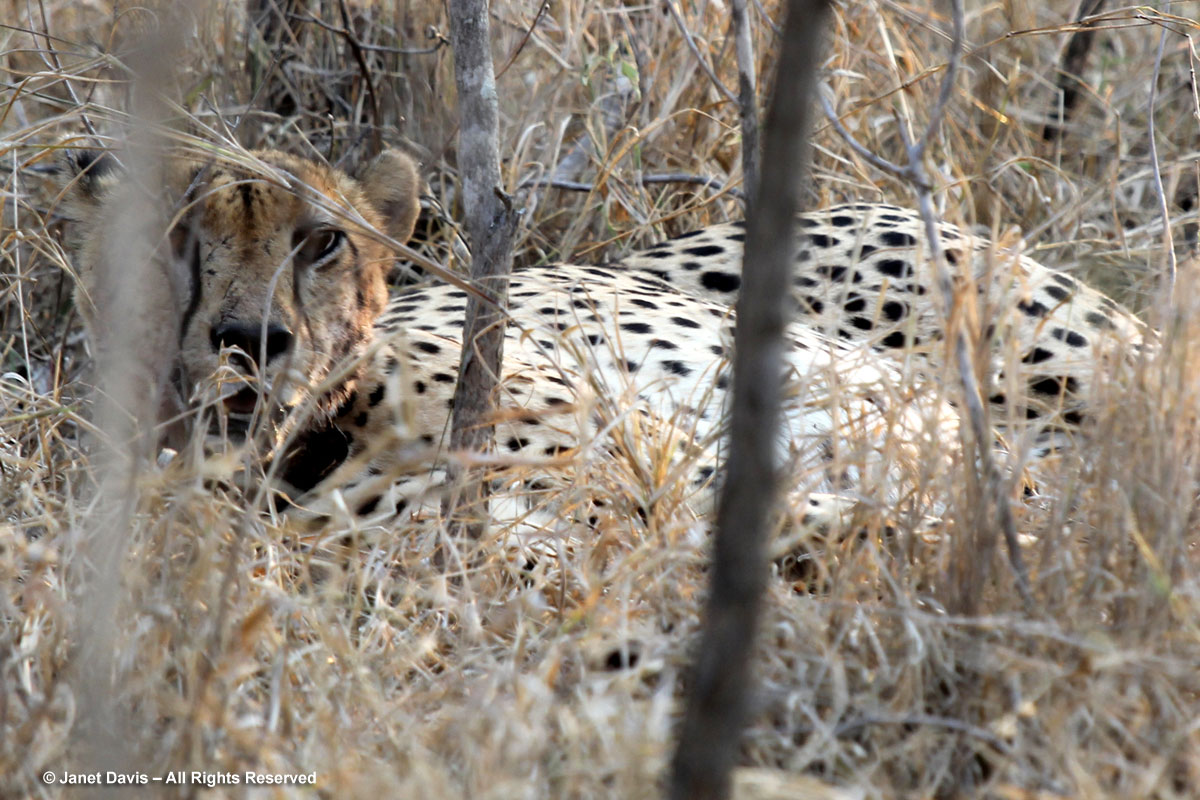 It’s a quiet game drive after that, and we head to the clearing where Dino transforms himself from expert game ranger to cocktail waiter. Cheers!
It’s a quiet game drive after that, and we head to the clearing where Dino transforms himself from expert game ranger to cocktail waiter. Cheers!
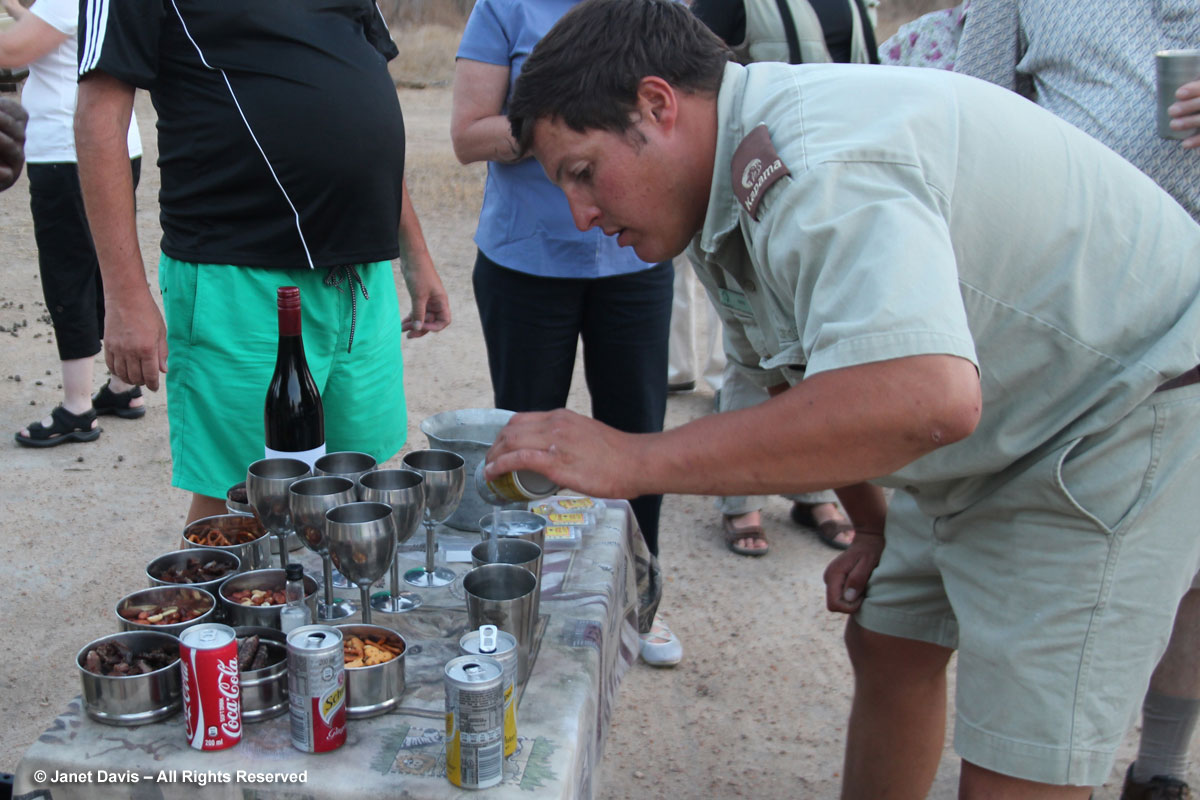 And as we stand chatting and sipping our “sundowners”, the sun appropriately goes down and the sky over the Drakensberg range is suffused with colour.
And as we stand chatting and sipping our “sundowners”, the sun appropriately goes down and the sky over the Drakensberg range is suffused with colour. 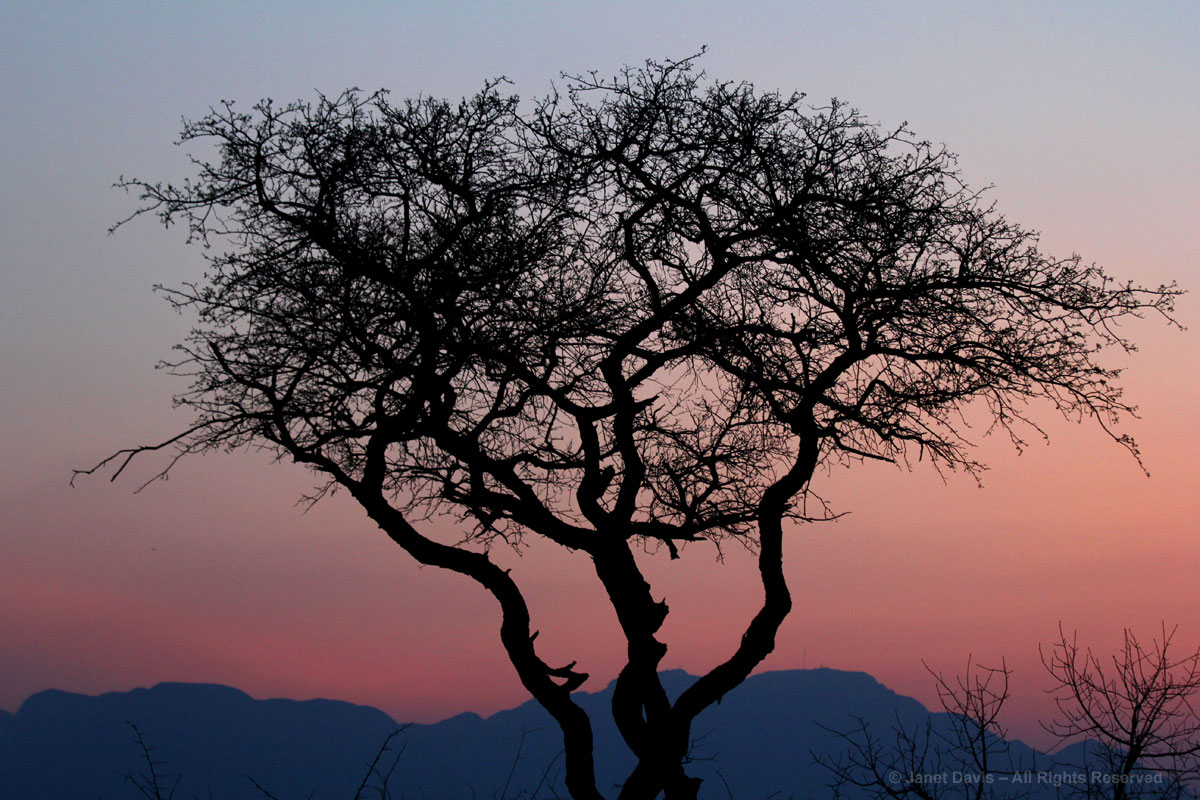
Then it’s time for our second night drive. Willis’s flashlight sweeps the bush on both sides of the road. 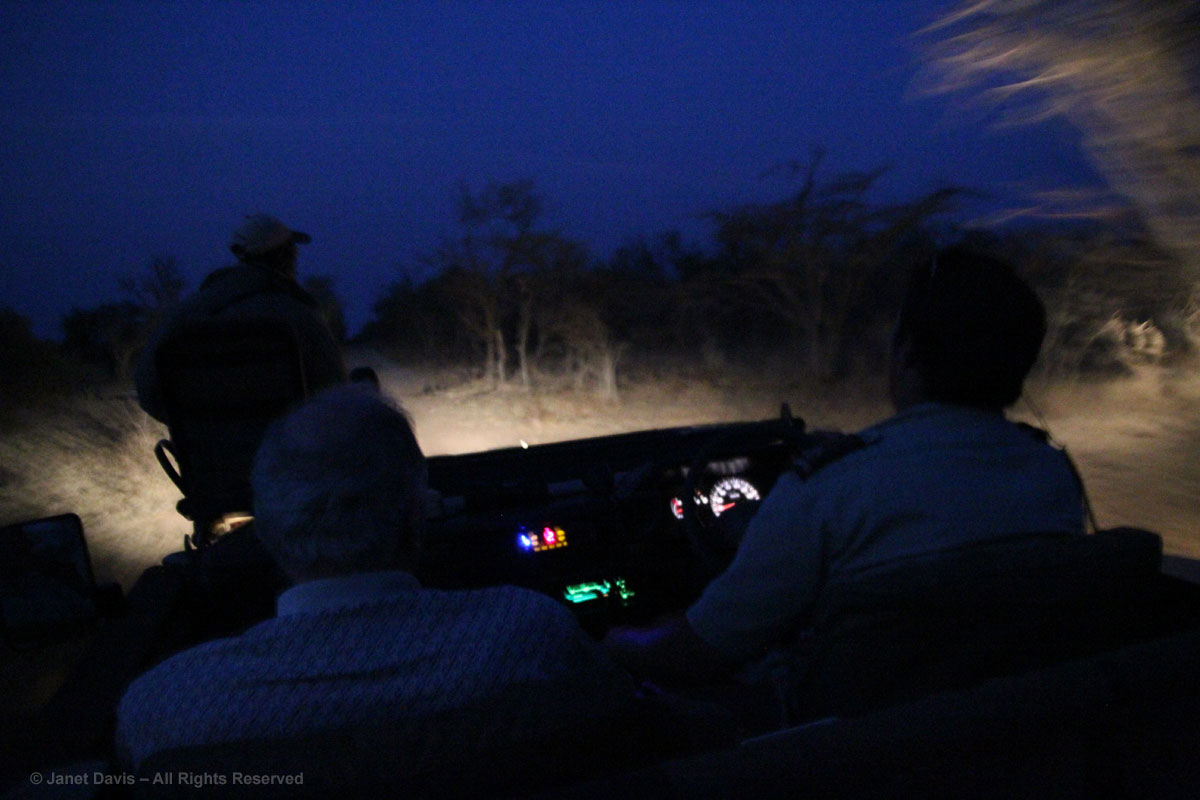
And somehow he sees them: a pair of female lions sleeping on the far side of the waterhole. Dino turns the vehicle and we drive the 4×4 down the slope to the water’s edge. Gulp. But these cats are fast asleep and we are able to study them quietly for a few moments. 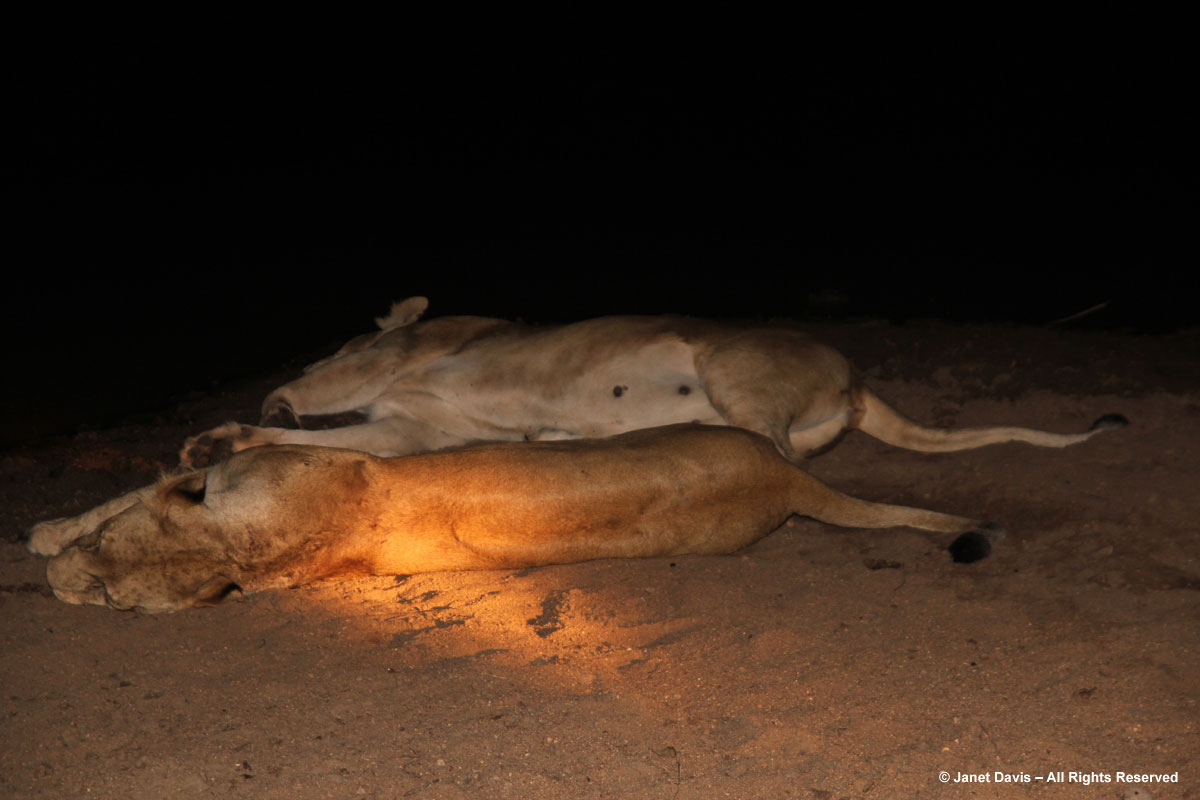
The lion sighting, after seeing the leopard, puts us in a great mood as we drive back to the lodge under the stars for dinner.
4th and Final Game Drive Day 5 of our garden tour “dawns” early and we get a start on packing our bags, since we’re heading to the local airport right after lunch to fly to Durban. Soon we’re climbing into the vehicle for our final three-hour game drive. 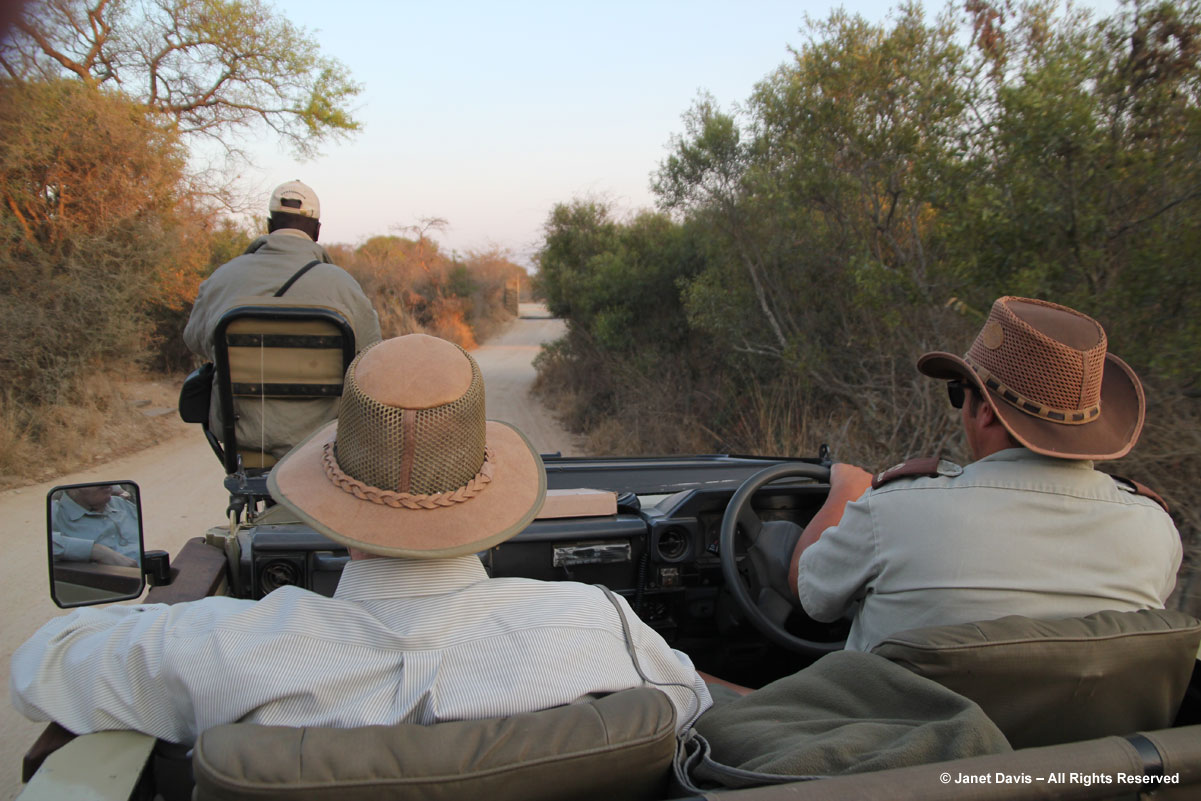 As often happens, our tracker sees tracks! Dino and Willis get out and study the footprints by the side of the road. Fresh lion tracks is their conclusion.
As often happens, our tracker sees tracks! Dino and Willis get out and study the footprints by the side of the road. Fresh lion tracks is their conclusion.
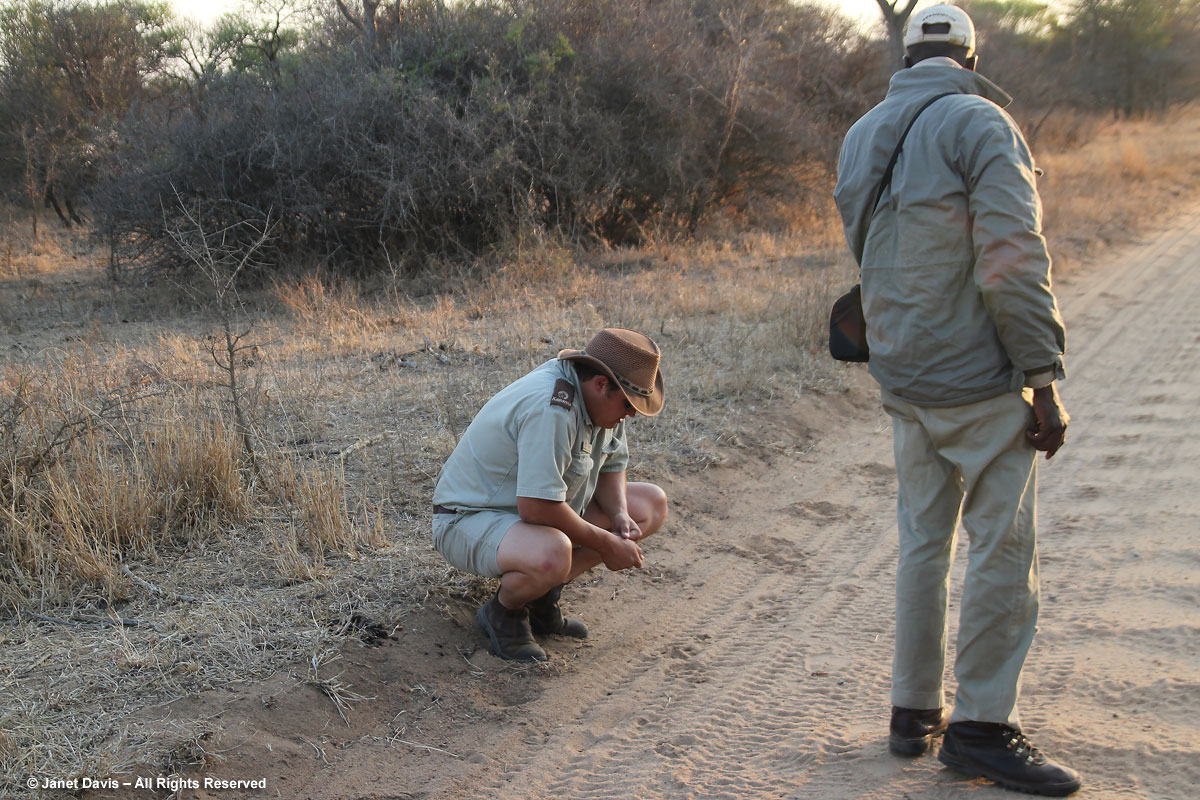 And a few minutes later, Dino gets out to follow a drag mark in the dirt: a hyena has dragged home dinner through the bush. Dino points out the white-backed vulture (Gyps africanus) waiting in a tree for the thermal winds that will aid in its airborne search for food.
And a few minutes later, Dino gets out to follow a drag mark in the dirt: a hyena has dragged home dinner through the bush. Dino points out the white-backed vulture (Gyps africanus) waiting in a tree for the thermal winds that will aid in its airborne search for food. 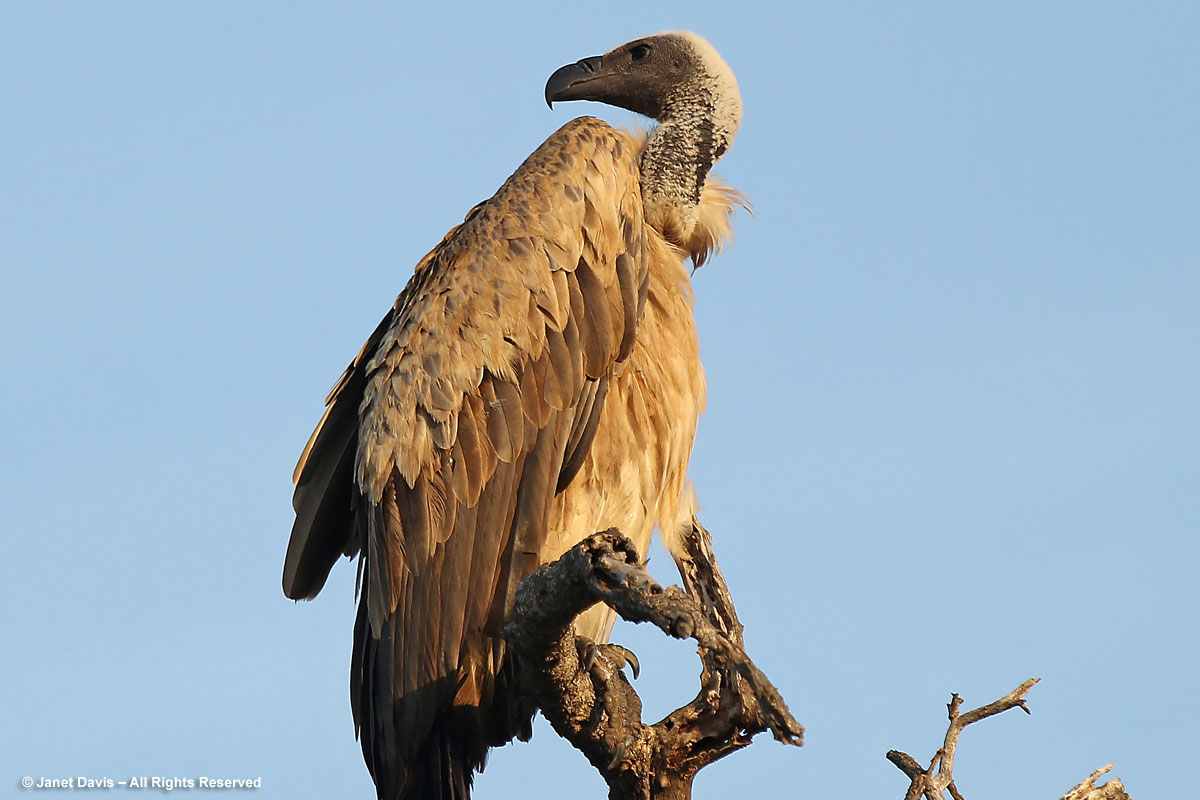
And then we find her, a female lion down by the watering hole – likely one from last night now looking wide awake but not in the least concerned about us watching her. 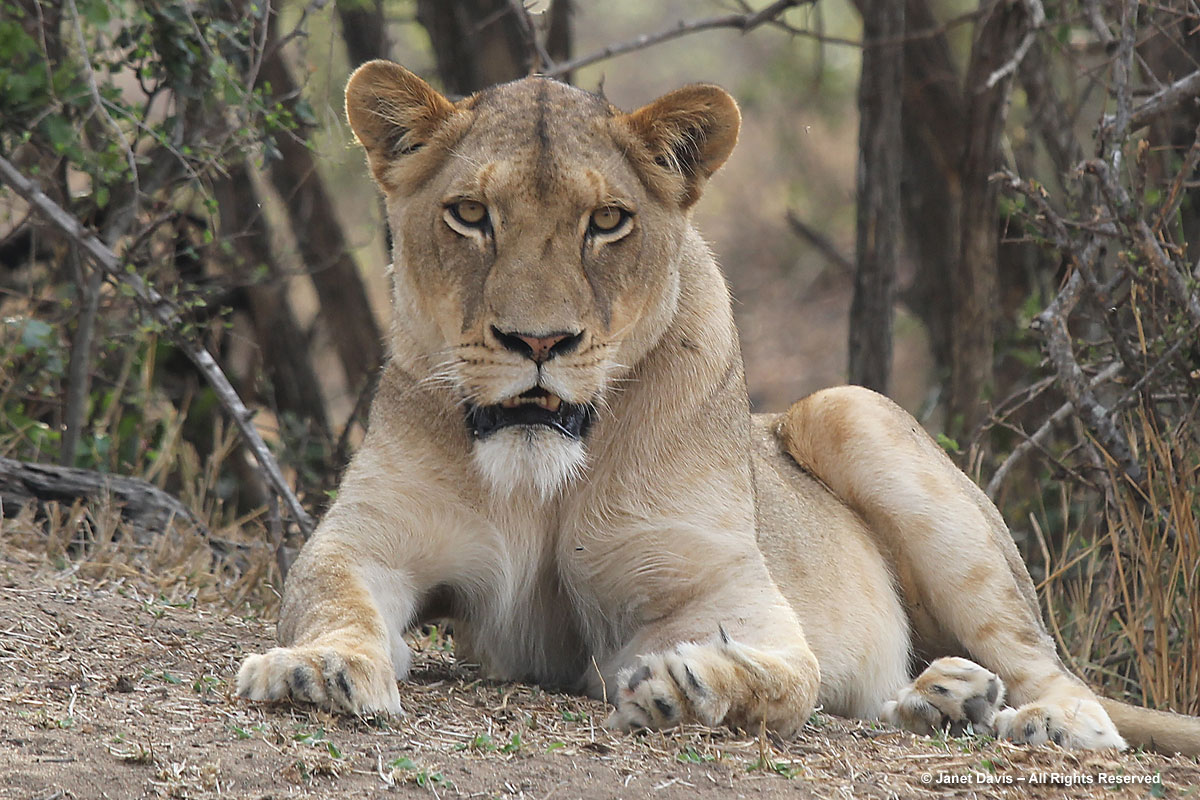
We drive on, and Dino gets out and tells us a little about the silver-clusterleaf tree (Terminalia sericea), a common bushveld species. According to Plantzafrica, “The leaves and roots are boiled in water and the infusion is taken orally for the treatment of coughs, diarrhea and stomach aches. the leaves can be used as an antibiotic for wounds. In case of bleeding, a paste can be made by cooking the leaves in water and placing them on the wounds. The wood is used as a source of energy for cooking and boiling water, for construction huts, for fencing material and for solid structures. Leaves are food for caterpillars during the rainy season.” 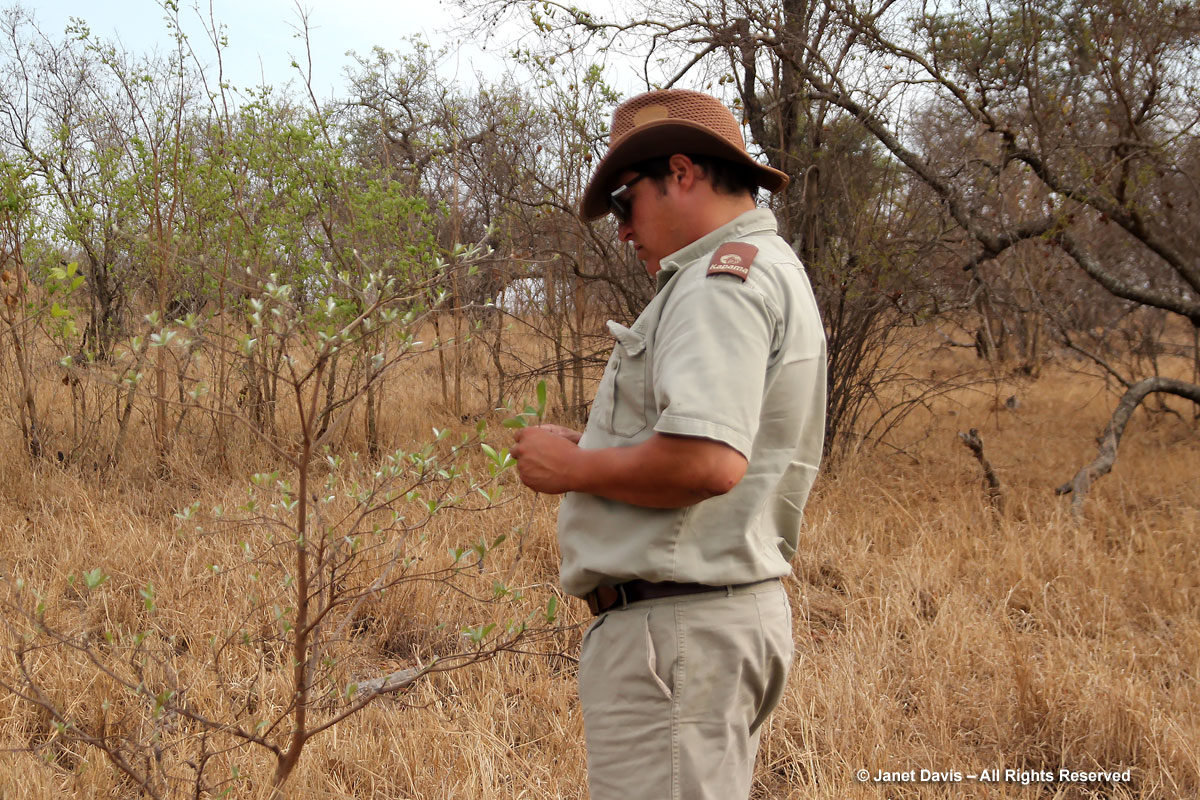
Driving on a bit, we come upon a female white rhino (Ceratotherium simum) and her calfforaging in the grasses. Here is a little flavour of the atmosphere in the bush (and the sound of ranger’s radio communications) as the rhinos feed.
https://plus.google.com/106548255417361407356/posts/eaytxU54Djz
And our last mid-morning coffee break at Kapama, with Dino and Willis sharing the pouring honours. 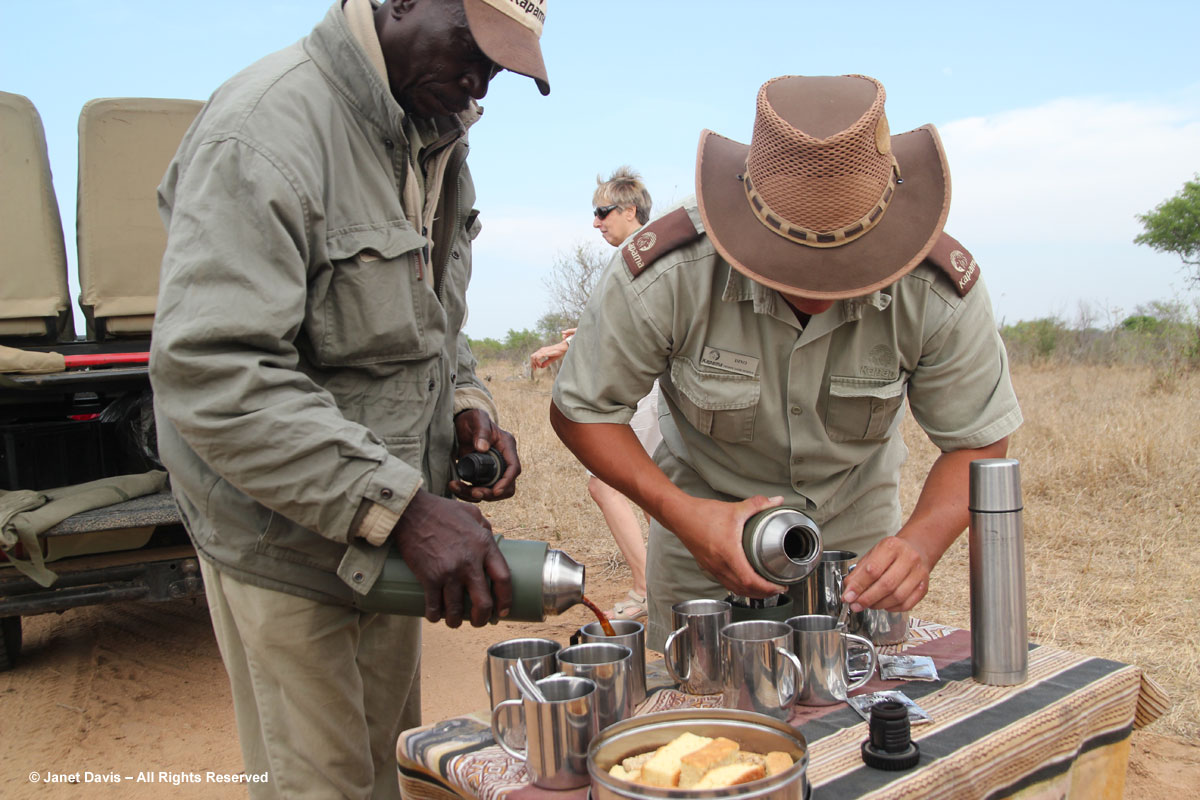
Caffeine and biscuit under my belt, I’m now wide awake and in focus….. 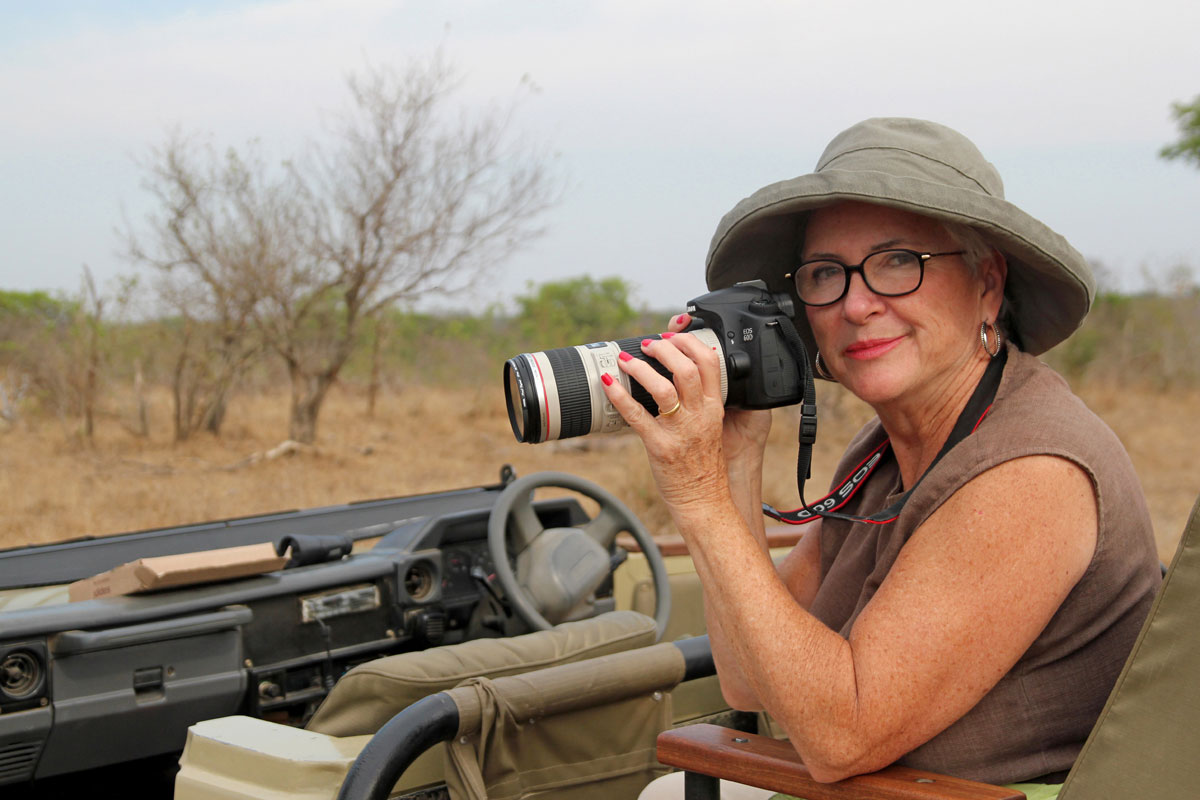
Our last lovely sighting of our South African safari features two male giraffes “necking” at a water hole. Giraffes move in loose herds, the females sticking together and the calves playing in groups. At around 3 years of age, the males leave their mothers and become part of “bachelor herds”, often standing side-by-side and using their necks like boxers’ arms and their heads like fists to show dominance. This pair is just sparring, says Dino, while assuring us that the real thing is much more vicious. 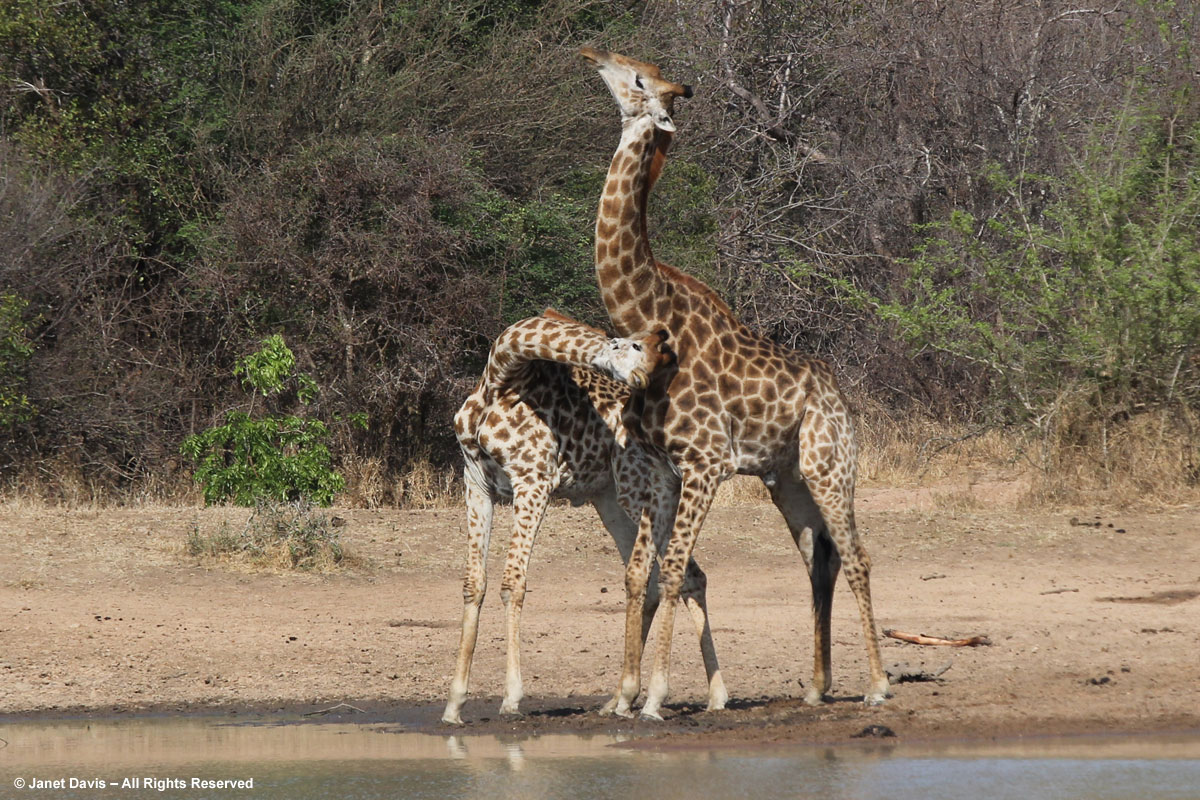
And then it’s time to leave Kapama. What a wonderful two days we’ve had here, but it’s time to get back to garden touring. We leave Limpopo province and re-enter Mpumalanga. Here are houses in the small town of Bushbackridge, so named in 1880 for the number of antelopes that roamed the slope. 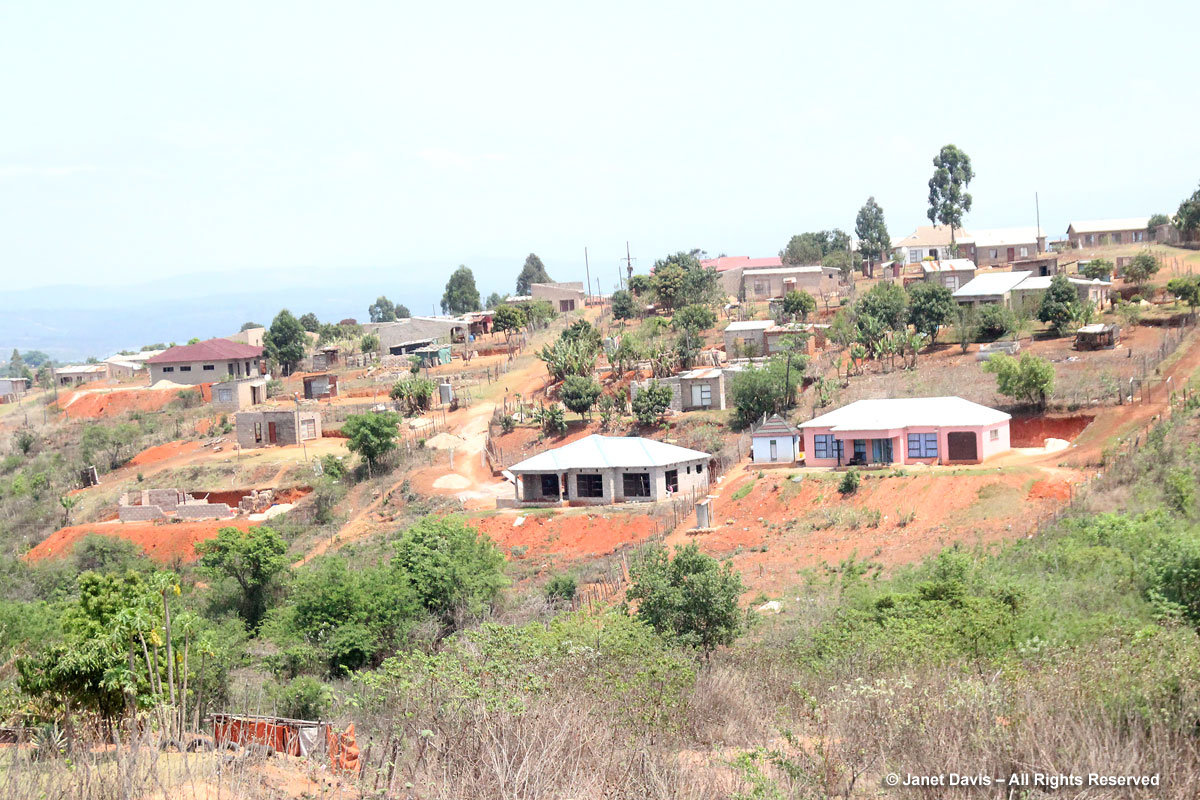
We pass a typical fruit vendor’s stand selling bananas, oranges, onions and tomatoes. 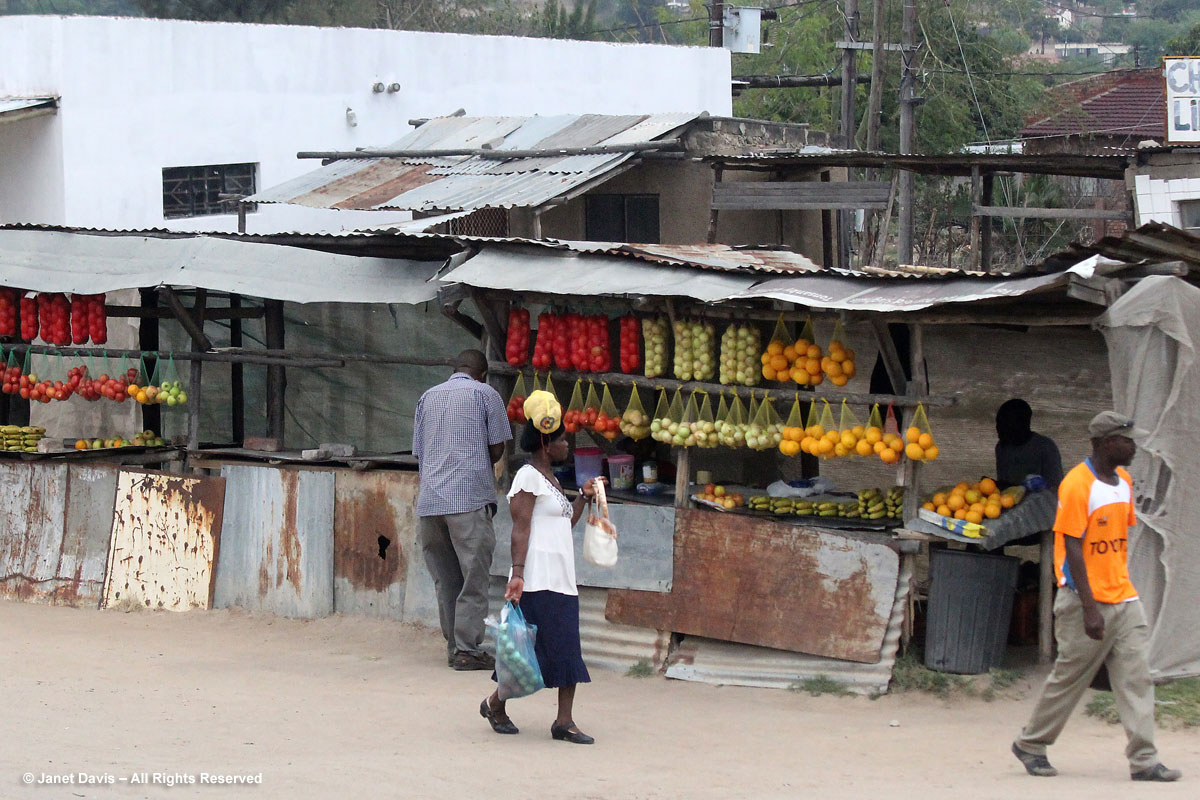
And this fabulous jacaranda tree spangled with weaver nests. 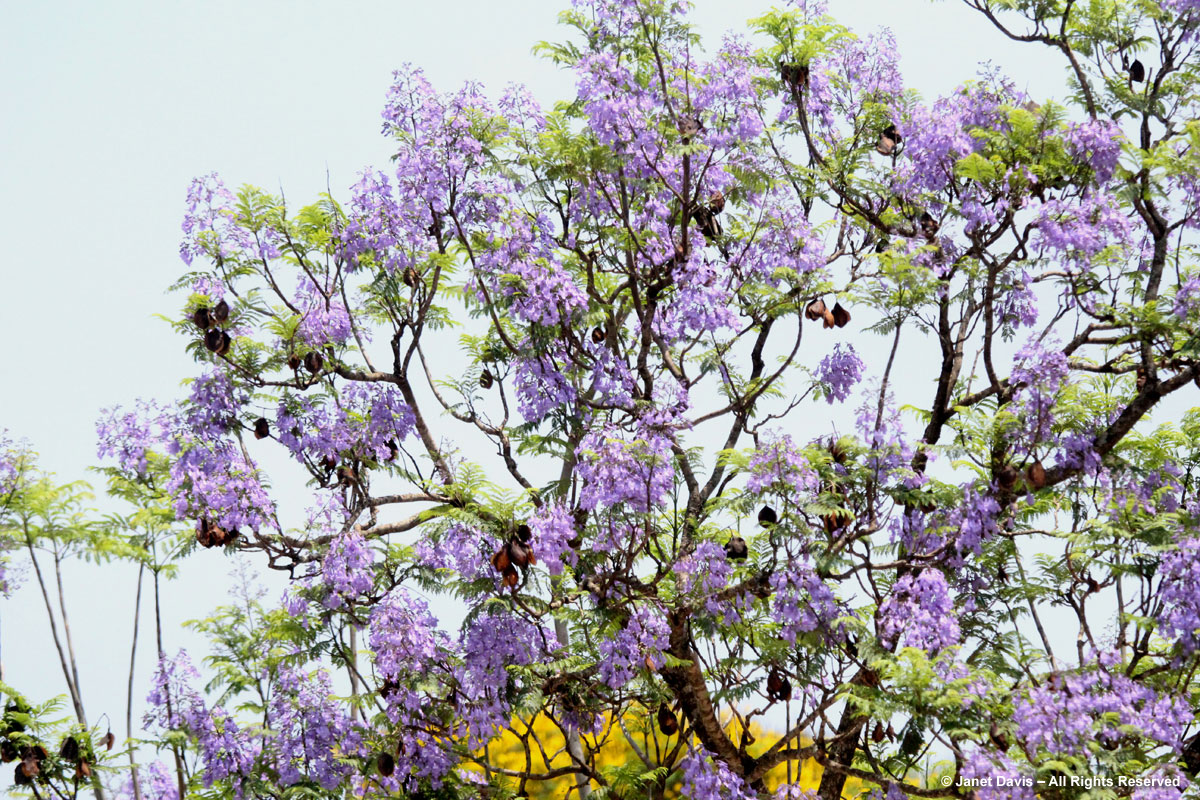
And farm pickers working beneath the Drakensberg foothills. 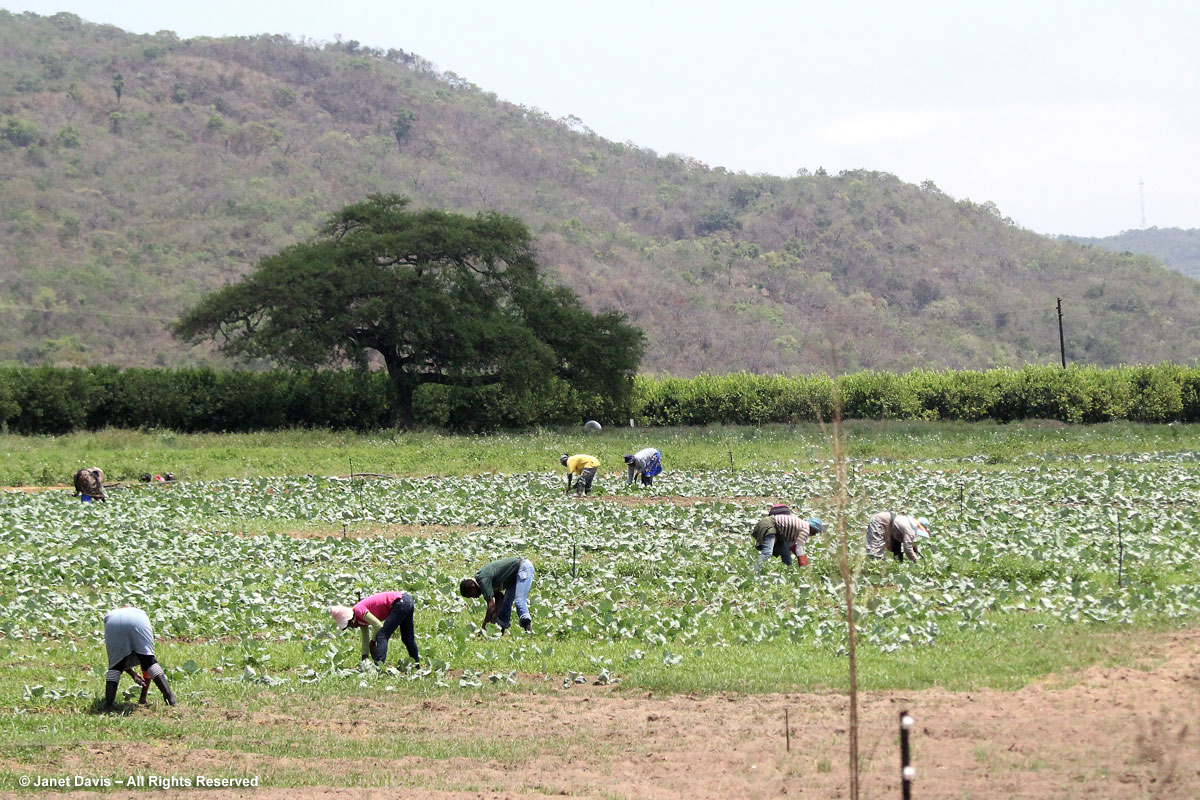
Then it’s time for a short shopping stop at a smart little mall in White River where I find this lovely “made in South Africa” beadwork necklace. (Yes, I do like gaudy costume jewelry, now that you ask!)
Finally, we’re at the airport for our 1-hour flight to Durban. Stay tuned for more on this city, including the lovely Durban Botanic Garden.

